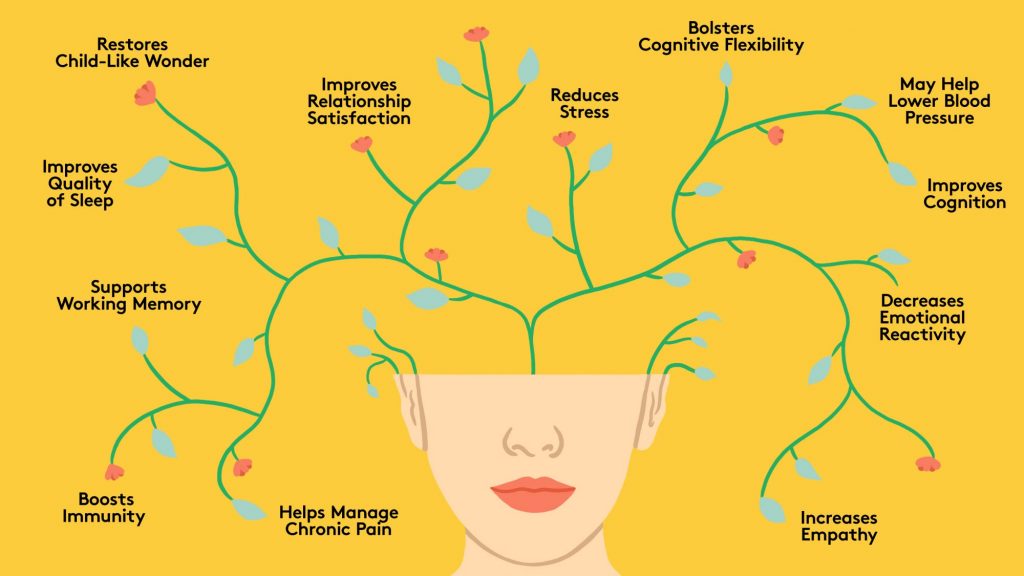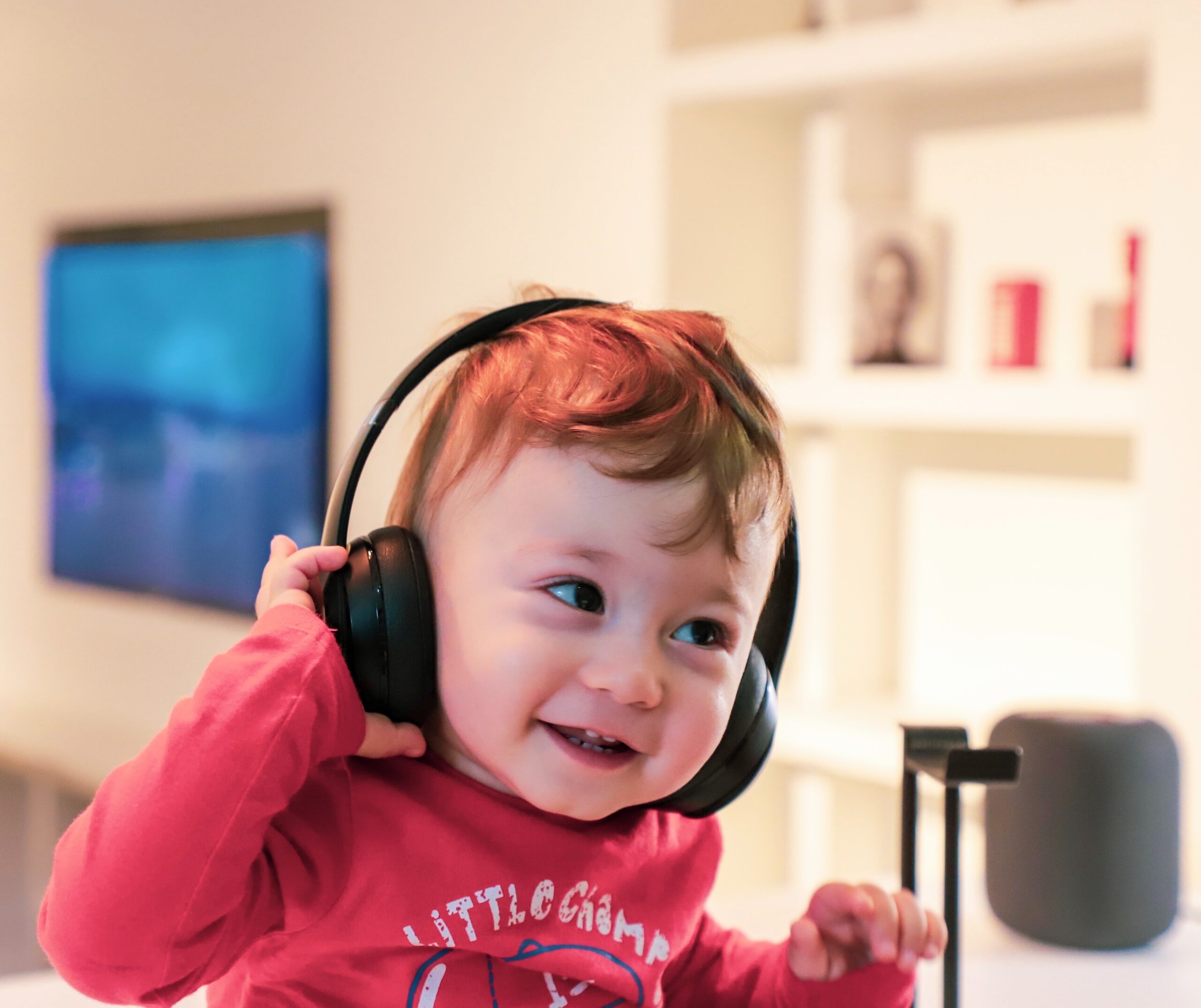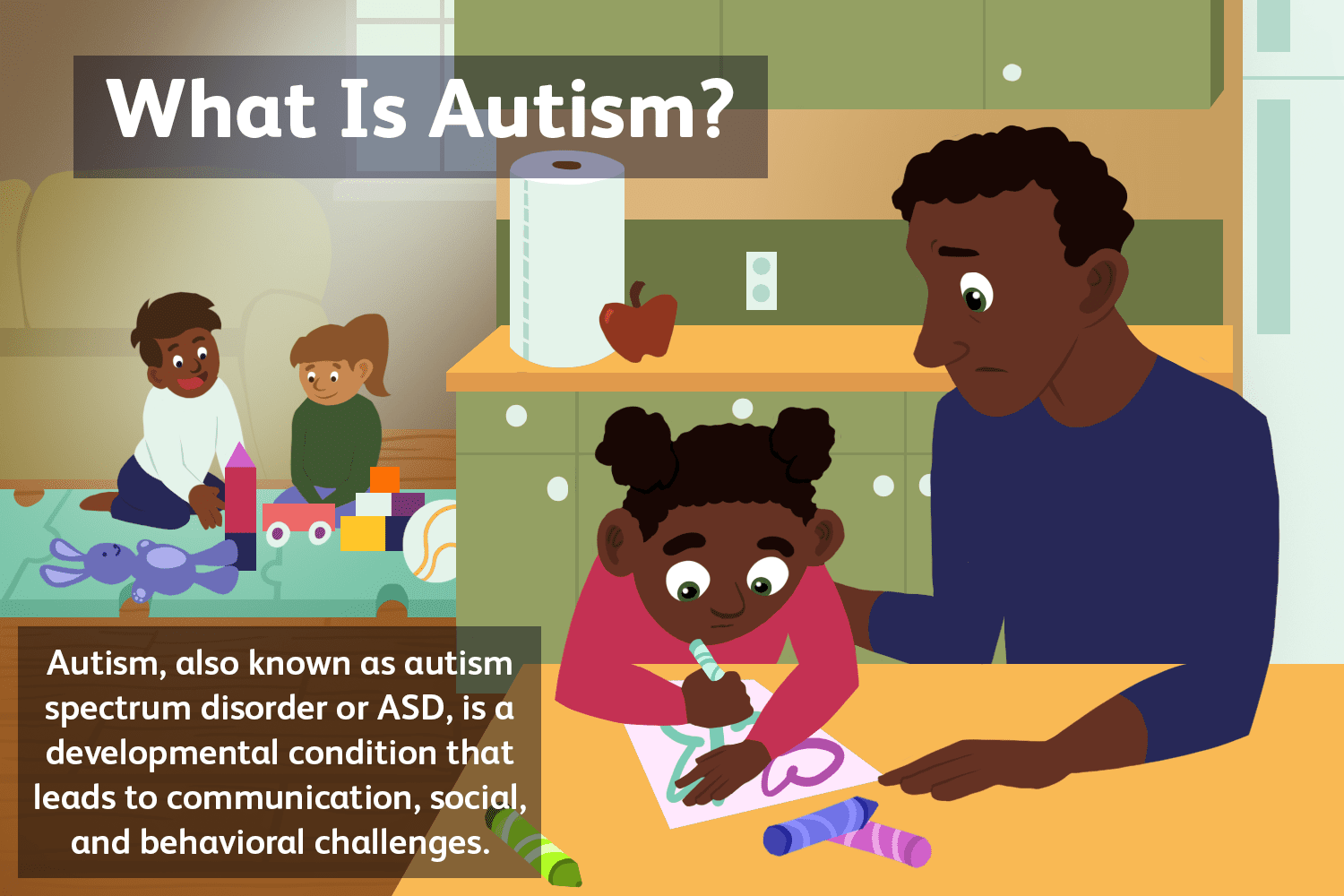Why Youth Should Practice Mindfulness
By: Mike Emeruwa
Education & Learning, Feature Articles, Health & Welfare, Psychology, Social & Youth development, Uncategorized,

Reasons Why the youth of today should practice mindfulness
If you’ve ever asked yourself questions like, why can’t I concentrate on a single task, why is everything so overwhelming, or why can’t I clear my head? Then it means you have a problem with being mindful. But here’s some good news, you’re not alone. Why is this good news? Because millions of people struggle with these problems globally. The number of people who practice mindfulness globally is estimated at 200 to 500 million. That means north of 200 million people asked the same questions you did at some point as well. But the real good news is that I get to enlighten you on the art of mindfulness and why youth need to practice it.
In the past few years, more light has been shed on the insecurities of the modern youth. These insecurities include self-doubt, fear of the future, and fear of the unknown. Needless to say, these insecurities are not novel, but now we see them prevail in the form of drug dependencies and personality complexes. And as you might know, when the world advances, so do its problems. Unfortunately, most of these problems fall on the youth. So, the purpose of this article is to show why youth practicing mindfulness is key to the success and survival of the youth of today. So, First things first, what exactly is mindfulness?
What is mindfulness?
According to Mindful.org -an organization dedicated to the propagation of a healthy mind and life for all human beings states that mindfulness is “the basic human ability to be fully present, aware of where we are and what we’re doing, and not overly reactive or overwhelmed by what’s going on around us.”
The fact is, our minds drift, leaving us with obsessive thoughts about the past, anxiety about the future, and ideas of the improbable. Although we try our best to get our minds in check, without training, it’s simply impossible for calmness to come naturally.
Nevertheless, mindfulness is a quality that resides in every human being already. You won’t have to conjure it up, you simply have to learn how to access it and have the disciple to follow it through.
Giving Mindfulness a go!
The need for the youth of today to practice mindfulness cannot be stressed enough. More than ever, the young adults of the world need something to center themselves. With Covid putting a lot of mental strain on young people, knowing how to collect your thoughts, harness your energy, and experience serenity is the right way to go. When people decide to give mindfulness a try, they’re often confused about what is needed of them – should they have a clear mind, or should they focus solely on a single thing? Well, mindfulness is pretty straightforward. It simply involves being “present.” More specifically, It involves not letting the past affect the present and not letting thoughts of the future affect the “now.” But the reality is that most humans veer from the present and allow their minds to wander. This frequently leads to doubt, anxiety, and all the other insecurities.
In all honesty, being mindful is no cakewalk. It takes diligent practice, dedication, and an open mind. But notwithstanding, the outcome is certainly worth it.
What are mindfulness activities?
Mindfulness activities are the things you do to get mindful and whole. Developing a mindfulness practice offers myriad positive benefits for the body and mind. Mindfulness activities put simply, are activities that help a person to be more aware of their thoughts and feelings.
But sometimes, it’s easier said than done.
Bringing mindfulness practices into your life as a youth can be a struggle at the beginning. You may want to bring mindfulness into your life by making time in your messy schedule to meditate or communicate with a loved one but find yourself replying to emails on autopilot
Beginnings are always hard, and bumps along the path toward a committed mindfulness practice are unavoidable. But sticking with it pays off in the end because starting something new could be the beginning of something beautiful.
This article will guide you through various ways and resources to help introduce mindfulness in your life to be well-prepared to start your journey.
Types of Youth mindfulness Practices
- Individual Practices
One sure-fire method of practicing mindfulness as a youth is by trying it out on your own. The only one who can answer what is in a teen’s heart and mind is them – and so, naturally, there are going to be quite a few activities and exercises that should be done by themselves.
Start a daily routine
A daily routine is just like any exercise because the benefits come from regular practice. Decide what needs to be in your routine. Do you want to get more exercise or more alone time? Whatever it is, you need to have a plan. Here’s some help:
- Set small goals by breaking each large goal into tiny pieces
- Layout a plan
- Be consistent and intentional with your time.
- Be prepared.
- Make it fun!
- Monitor and measure your progress
- Reward yourself.
At this point, you might think that mindfulness sounds like it requires a lot of effort. Beginning a mindfulness habit is work, and as I pointed out earlier, it will be difficult at the start, but this habit will become easier over time and with more practice.
Write in a Journal
We’ve all journaled at some point in our lives – whether to talk about our hopes and dreams for the future, our little crushes, for a school project or just to practice gratitude. Now, journaling is easy enough – and the benefits have been immeasurable and scientifically proven.
Some of the benefits include:
- Coping with depression
- Reducing stress
- Managing anxiety
- Helping you prioritize what’s going on in your life.
Don’t worry about how you think you sound, your grammar, and your punctuation. Just write. And at the end of the day or the week, read it. You may find that you’re able to gain some insight into your innermost thoughts as a way to help you process what’s happening around you.
Set up Mantras
Mantras are another great way to practice mindfulness as a youth. Mantras are done by constantly reminding yourself that you can achieve anything you put your mind to and willing positive things into your life. Understanding how mantras work can help to bring confidence and joy into your life. Mantras can be read, chanted, or even sung. Whatever floats your boat. The important thing is that they are said out loud so that you get the benefit of the sound vibrations. Uttering the syllables can unlock something in you so that you can become more self-aware.
Repeating the mantras is particularly important as it holds a certain power. Don’t simply read without being aware. You have to open your mind up. Understand the power of every syllable that comes out as it can open up your stream of consciousness.
There are a few steps to follow when meditating with mantras:
- Find a good, strong mantra that you like
- Be intentional about the words and what they mean to you
- Get cosy! Sit down, cross your legs and close your eyes
- Focus on your breathing. Inhale and exhale
- Say your mantra out loud, feel how the words vibrate from your lips and feel how they resonate with your entire body.
Virtual Mindfulness Practices
There is a plethora of content in the globe that helps direct you to a more mindful path. But most recently, the public has shifted to the virtual world, where apps & websites, podcasts, and also books play a big role
Here are a few of them that took that I recommend
- Mindfulness Apps & Websites include Insight Timer, Breethe, Headspace, etc.
- Mindfulness Podcasts include Daily Meditation podcast, Meditation Mini podcast, The Mindful Minute, etc.
- The mindfulness books include Don’t Hate, Meditate!, In courage Journal: A Daily Practice for Self-discovery, Journey to the Heart: Daily Meditations of the Path to Freeing your Soul.
Body Scan
Have you really thought about how amazing your body is? It makes sounds and movements without you ever being aware of it. A body scan is a chance to slow everything down around you to be acutely aware of everything.
Choose a place that is quiet and where you won’t be interrupted. Lay down in the backyard and close your eyes under the sun or curl up in a chair in your bedroom. Wherever you decide, be sure that you can be there comfortably for 15 to 20 minutes.
- Get comfortable and be still
- Breathe and focus your energy on a particular part of your body
- Focus on what you feel in your skin, what you see, what you hear in your body, and what you smell.
- Navigate your body till you’ve covered every part.
As you do this, you’ll be aware and detect the pains, the aches, and everything else that you have in and on your body and more
2. Group Mindfulness practices and activities
Group activities are also great practice for youth to build mindfulness. To not feel isolated or lonely, performing mindfulness activities as a collective gives you a sense of community and camaraderie. These practices are as effective as they are fun.
Group dance
Out of all the mindfulness activities, this by far is the most fun. Here you get to express yourself by moving your body to the rhythm of music without shame or judgment in the presence of peers, friends, and loved ones. Because this form of group mindfulness requires as much energy as you can muster, it is best to do it with a community of people that motivate and inspire each other.
Yoga
There are many benefits of yoga to the mind and body.
It can:
- Improve your balance
- Relieve aches and pains
- Increase blood flow
Yoga is great because you won’t need to attend a professional class. You can easily start one on your own – either in the park, in your living room, or even in your backyard. Also, if you have no prior knowledge of yoga, not to worry, there are plenty of books to provide inspiration. Or better yet, You can stream a yoga class from an iPad or tablet, too.
As a youth, The next few years of our lives will get more stressful, with the expectations and education. So we need to be in tune with our emotions, our behaviours, and our actions. Individually or as a group, we require all the help they can get. Its benefits are emotional, cognitive, interpersonal, and professional. Additionally, practicing mindfulness, as a youth is one of the hardest things to do because of the amount of work and dedication it requires but at the same time, it is by far the best thing that you can do for yourself.
Tags: Developing Mindfulness in Youth, Mindfulness, Mindfulness in Youth, Why Practising Mindfulness Is Great For The Youth of Today,












